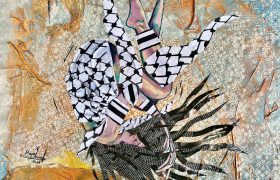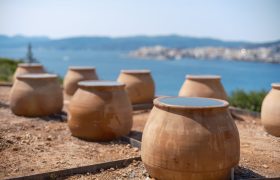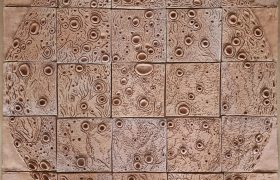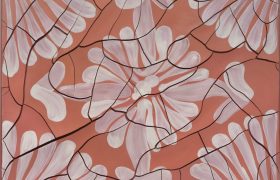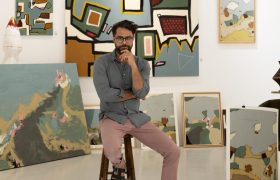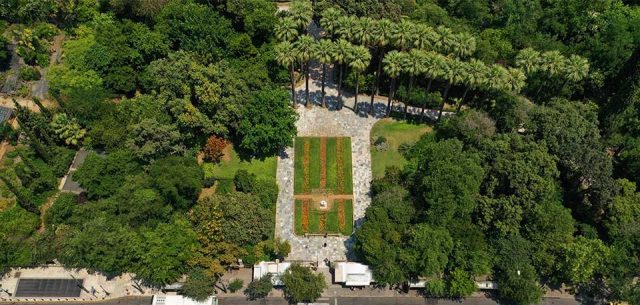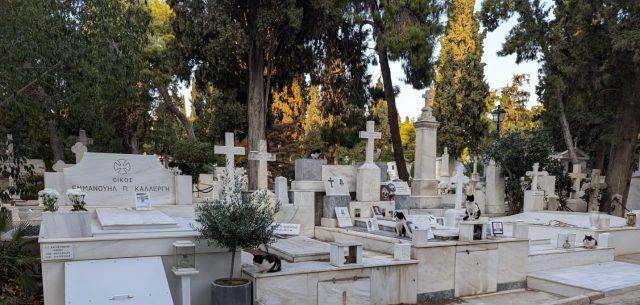The Gaitis-Simossi Museum opens on Ios

The Gaitis-Simossi Museum, Loretta Gaitis’ homage to her creative parents, finally opens its doors on the island of Ios. Despite the long ferry ride, this cultural gem is worth the journey. Ioanna Gkomouza gives us a glimpse into this new artistic experience.
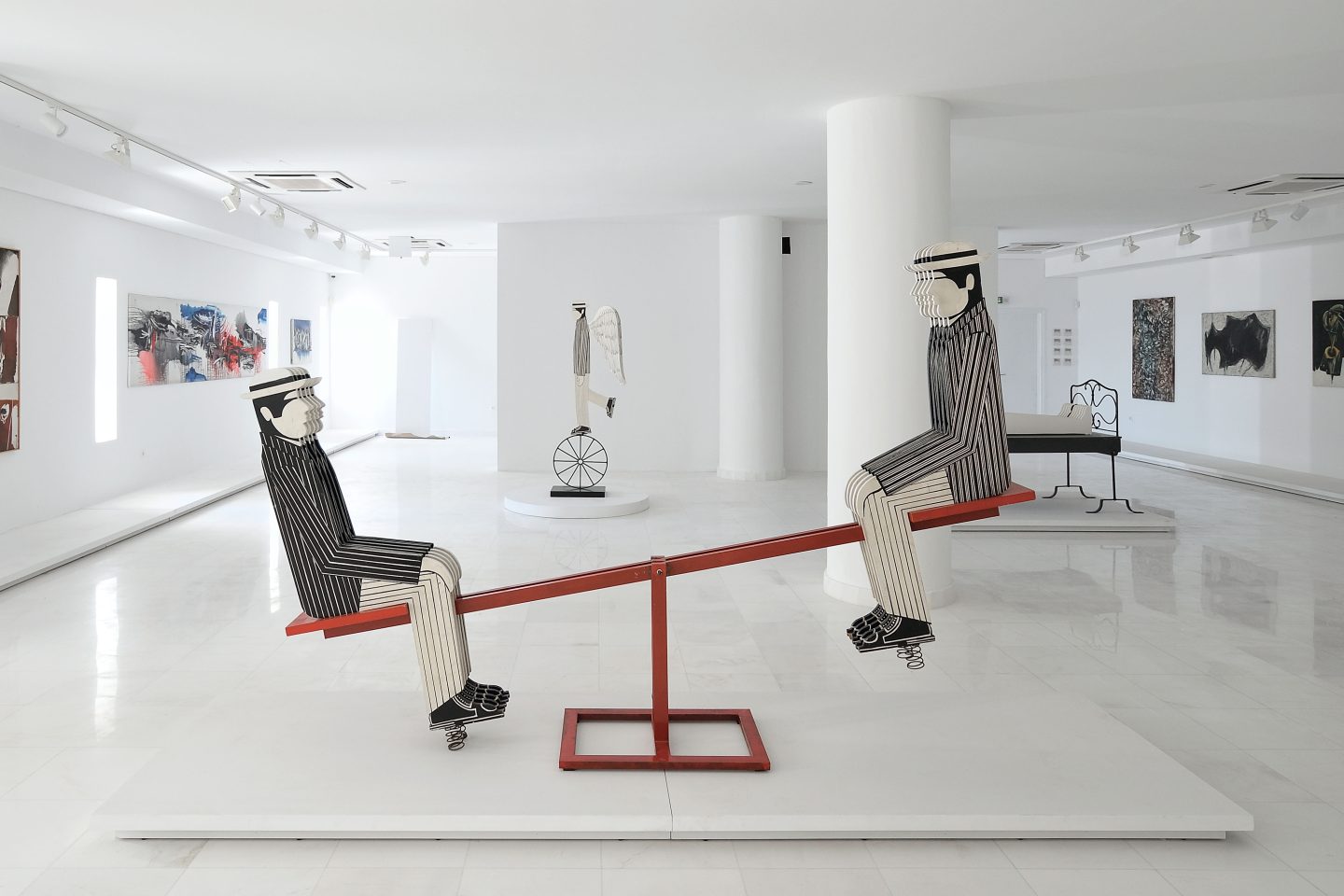
Gaitis Museum opens on Ios
A Tribute to Creative Spirits: The Gaitis-Simossi Museum in Ios
Nestled in the sun-drenched beauty of Ios, the newly inaugurated Gaitis-Simossi Museum celebrates the remarkable legacies of two iconic Greek artists: Yannis Gaitis and Gabriella Simossi. This long-awaited museum, a project that took nearly 27 years to materialize, stands as a heartfelt tribute to their artistic journeys against the backdrop of the Aegean’s azure waters.
Loretta Gaitis, their daughter, reflects on a whimsical childhood in Paris, where the artistic fervor of her Greek parents flourished. She recalls the embarrassment of her academic struggles and a mischievous act of forging her father’s signature on a school report. Her father’s humorous reaction—a warm embrace paired with a confession of his own youthful transgressions—set the tone for a life steeped in creativity and individuality.
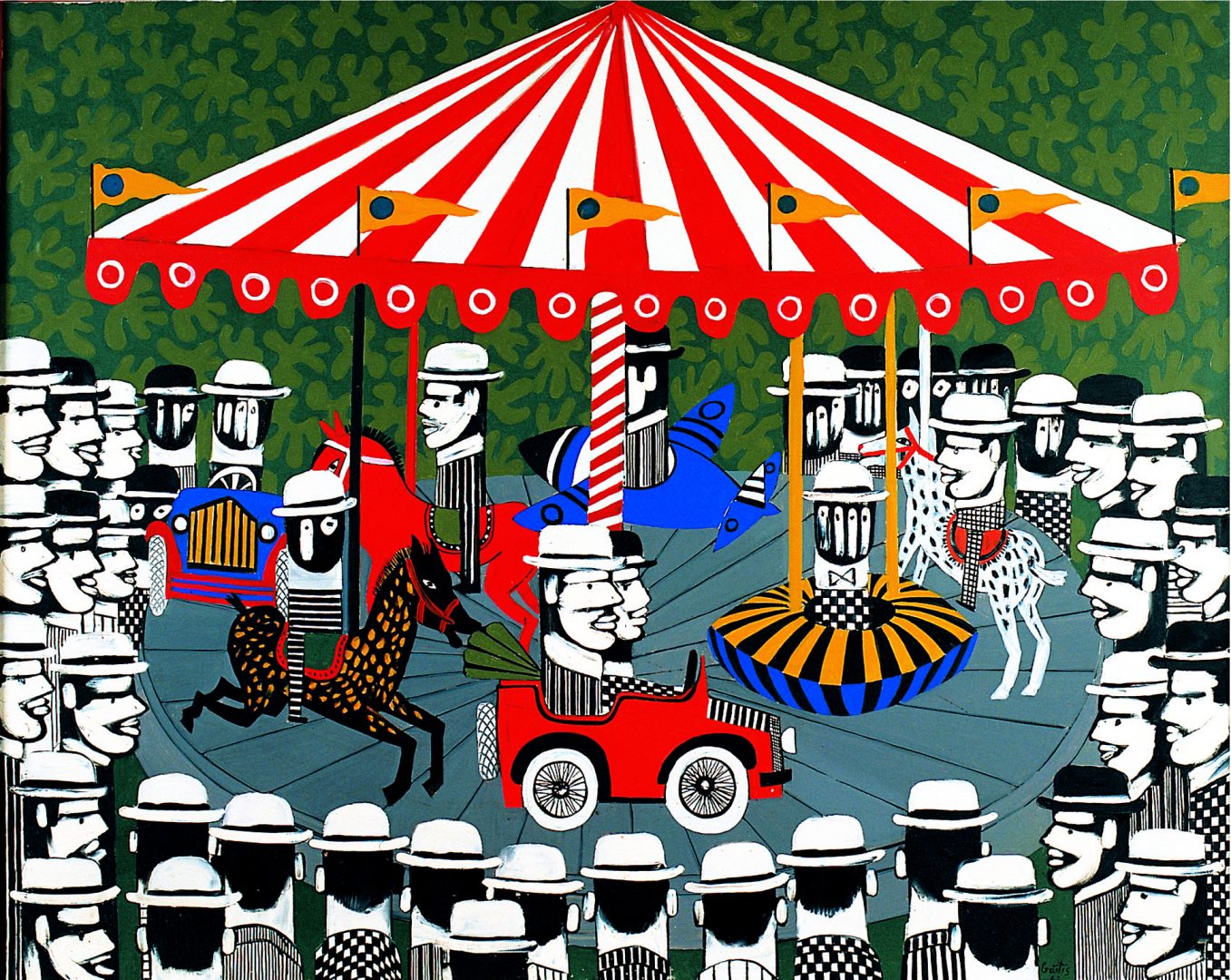
GAITIS – Louna Park from the Annis Kostopoulos Collection
Yannis Gaitis: The Painter of “Little Men”
Born in Athens in 1923, Gaitis’s artistic calling emerged early, nurtured despite the tumultuous backdrop of wartime Greece. Rejecting the confines of traditional education at the Athens School of Fine Arts, he preferred the freedom of exploration, which led to his controversial exhibitions in the 1940s and 50s. His art, infused with elements of Cubism and Surrealism, challenged prevailing notions of “Greekness,” earning him both acclaim and critique.
Gaitis’s signature figures, the “anthropakia” or “little men,” became emblematic of his oeuvre. Clad in striped suits and bowler hats, these characters reflect the complexities of modern existence, often depicted in poignant scenarios that evoke both humor and tragedy. Art historian Yannis Bolis captures their essence: “an anti-hero, the mirror image of the artist and ordinary people.” Through these figures, Gaitis confronted societal issues with a blend of irony and insight, reminding us of the fragile nature of humanity.
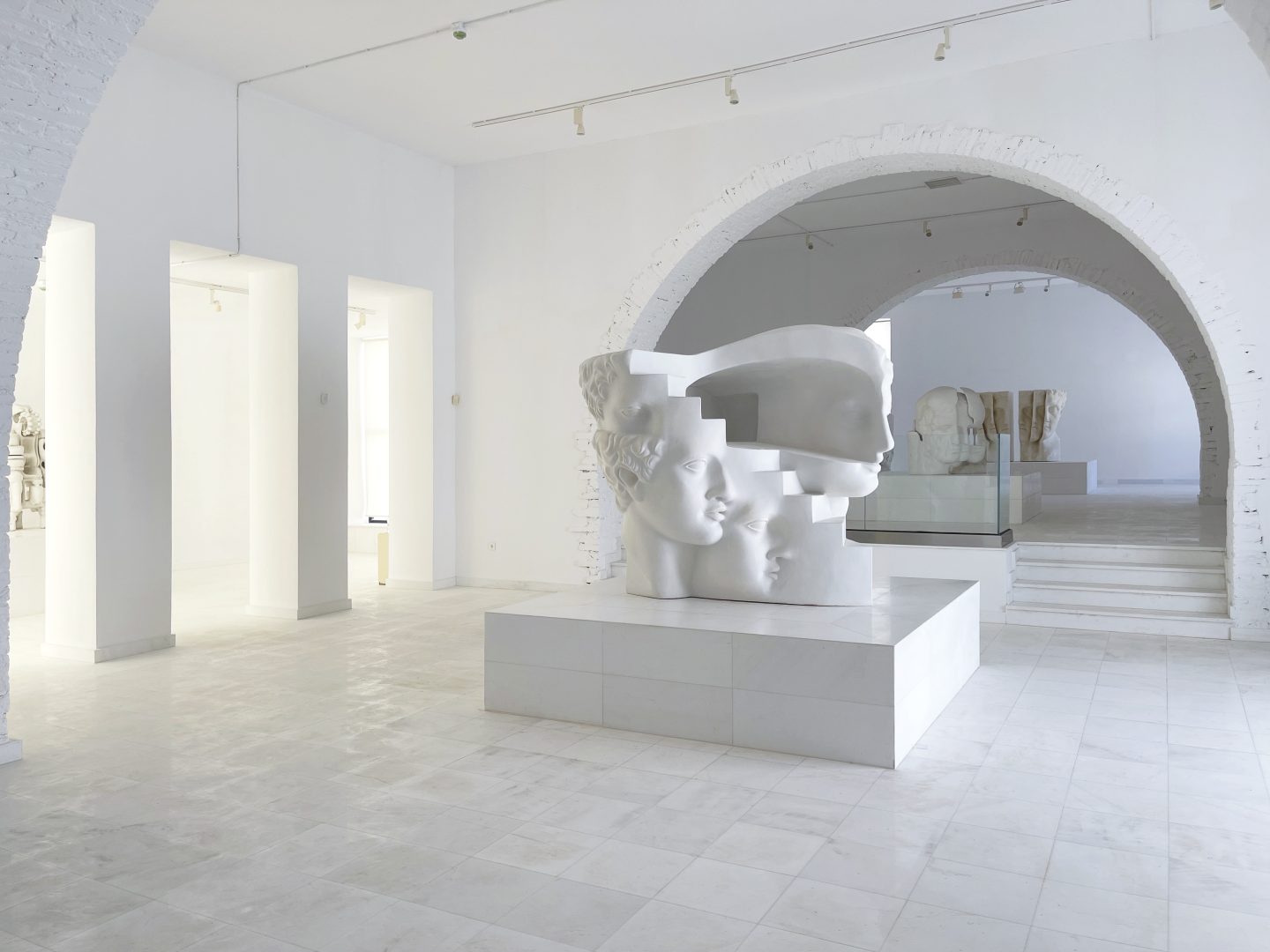
Simossi Wing ©Dimitris Fourtis
Gabriella Simossi: The Sculptor of Emotion
In contrast, Gabriella Simossi (1926-1999) embodied a more introspective artistic spirit. With a deep appreciation for poetry and classical art, she carved her own path, often away from the spotlight. Her sculptural journey began at a tender age, rooted in childhood acts of rebellion against authority. The clay of her grandmother’s garden became a medium for her artistic exploration, allowing her to express fragmented beauty in forms that echoed her experiences.
Simossi’s dedication to her craft led her to esteemed institutions in Paris, where her work transcended the boundaries of time, offering a glimpse into the soul of humanity. Her exploration of memory and emotion is palpable in her sculptures and collages, which invite viewers into a realm of quiet contemplation. “My work is visual memories,” she once stated, illustrating her belief in the power of art to transform the past into something profoundly meaningful.
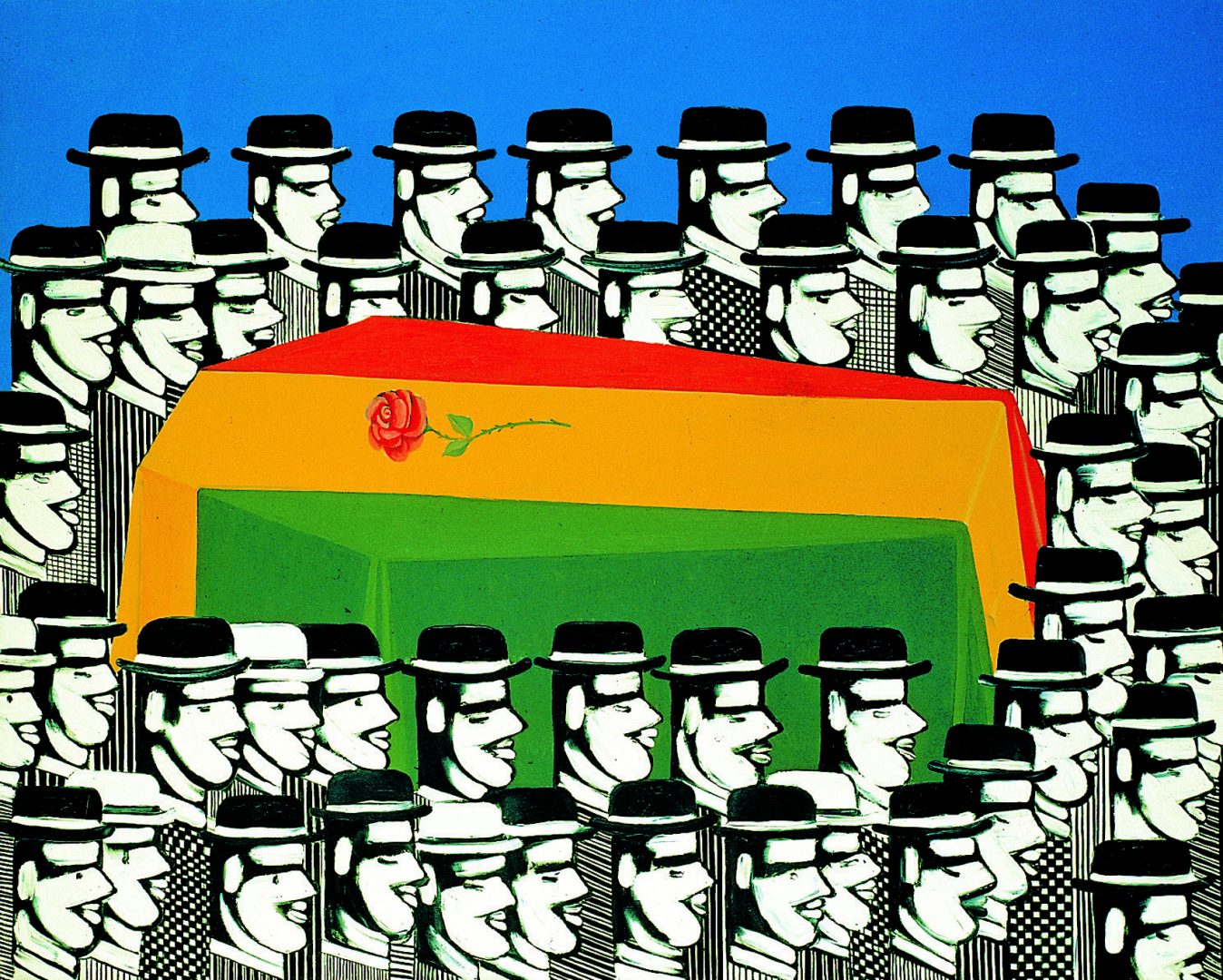
GAITIS_Che Guevara’s Funeral
A Lasting Legacy on Ios
The Gaitis-Simossi Museum, designed in collaboration with the local municipality, is a space that honors the couple’s bond with Ios. Gaitis discovered the island during a visit with his friend, the writer Jean-Marie Drot, and soon after made it his artistic sanctuary. Their homes, built facing each other, remain enduring symbols of friendship and creative synergy.
Visitors to the museum will find a thoughtfully curated collection showcasing Gaitis’s vibrant works alongside Simossi’s ethereal sculptures. The Gaitis wing offers an immersive experience into the artist’s thematic explorations of consumerism and alienation, while the adjacent space dedicated to Simossi envelops guests in a serene atmosphere that echoes her love for silence and reflection.
Loretta Gaitis hopes this museum will foster a deeper understanding of her parents’ artistic contributions, embodying their philosophy of relentless pursuit in the name of creativity. “Every day, tirelessly, with determination,” she emphasizes, “this is the only attitude to life.”
In a world often overshadowed by chaos, the Gaitis-Simossi Museum stands as a beacon of inspiration, inviting all to celebrate the transformative power of art and the indelible marks left by two remarkable figures in Greek culture.
Gaitis-Simossi Museum, Chora, Ios.
mossi-museum.org/

